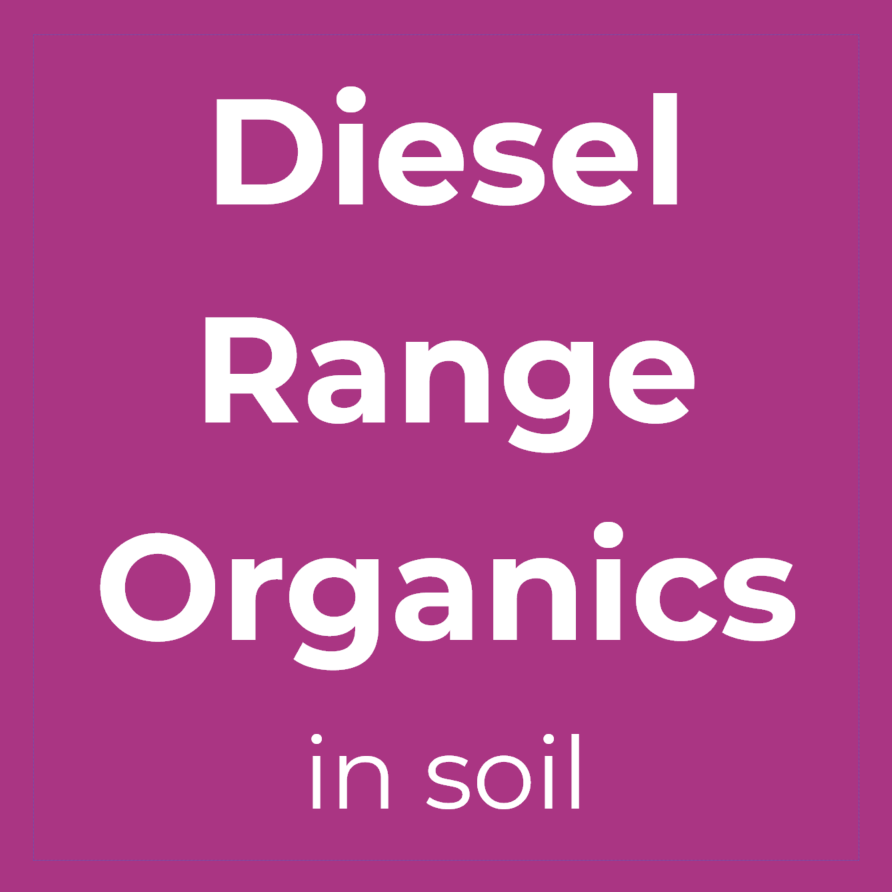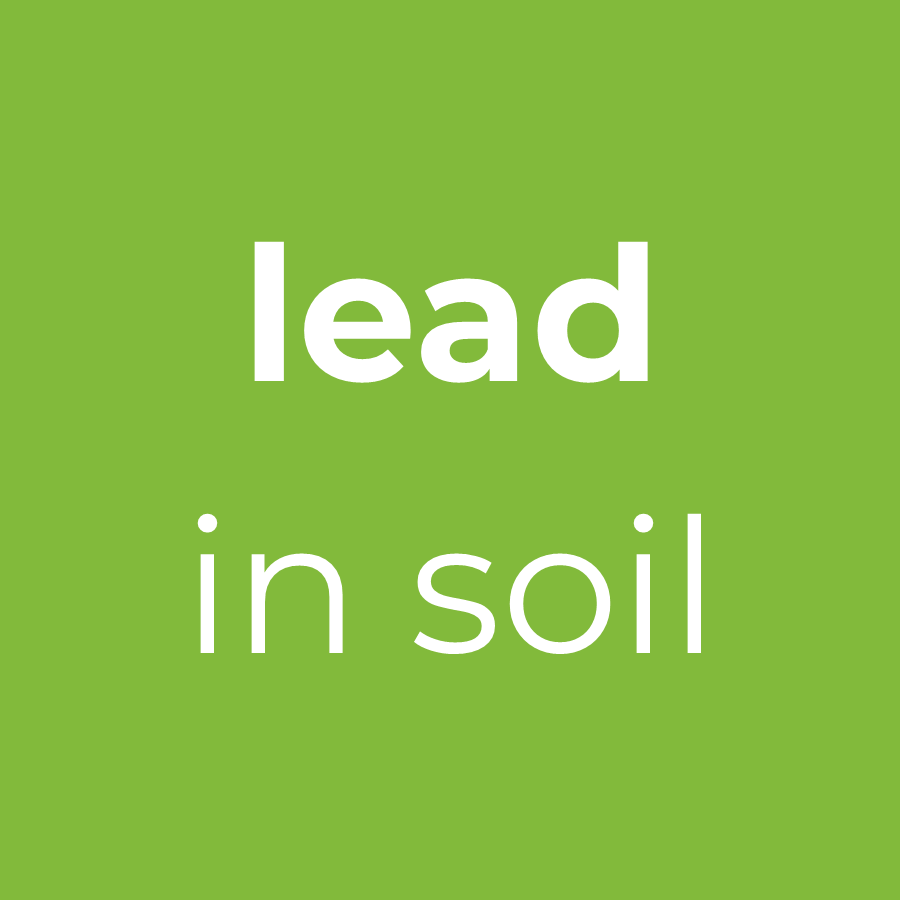Low levels of contaminants in soils do not usually present an immediate risk to human health. In most cases, the benefits of gardening and growing your own food far outweigh the risks from soil contaminants.
The easiest way to lower your risk is by reducing your exposure to soil contaminants
But some contaminants can build up in a person’s body over time and may lead to illness. Some contaminants can affect the way a child’s brain and body grows, so it is especially important for children and pregnant women to limit their exposure.
Soil contaminants can have a variety of health impacts. Most commonly, they are found at low concentrations. This can lead to low level exposures and long-term effects that may take years to develop or contribute to long-term illnesses or impairments, especially with early life exposures.
To learn more about specific contaminants and their effects on human health, visit the ATSDR Tox Profiles and read our fact sheets below.
Soil contaminant fact sheets
Click on the icons below to view each fact sheet









